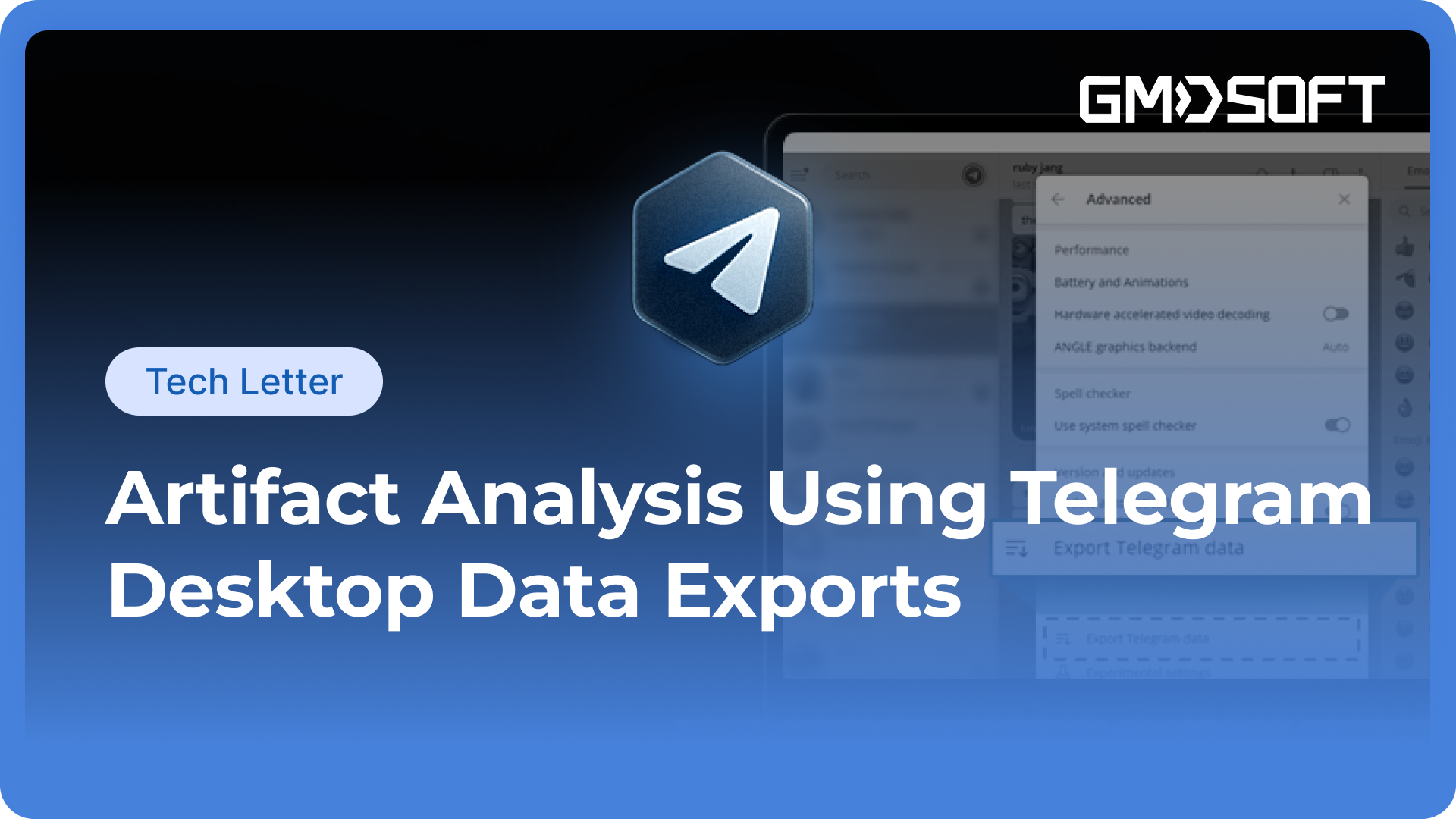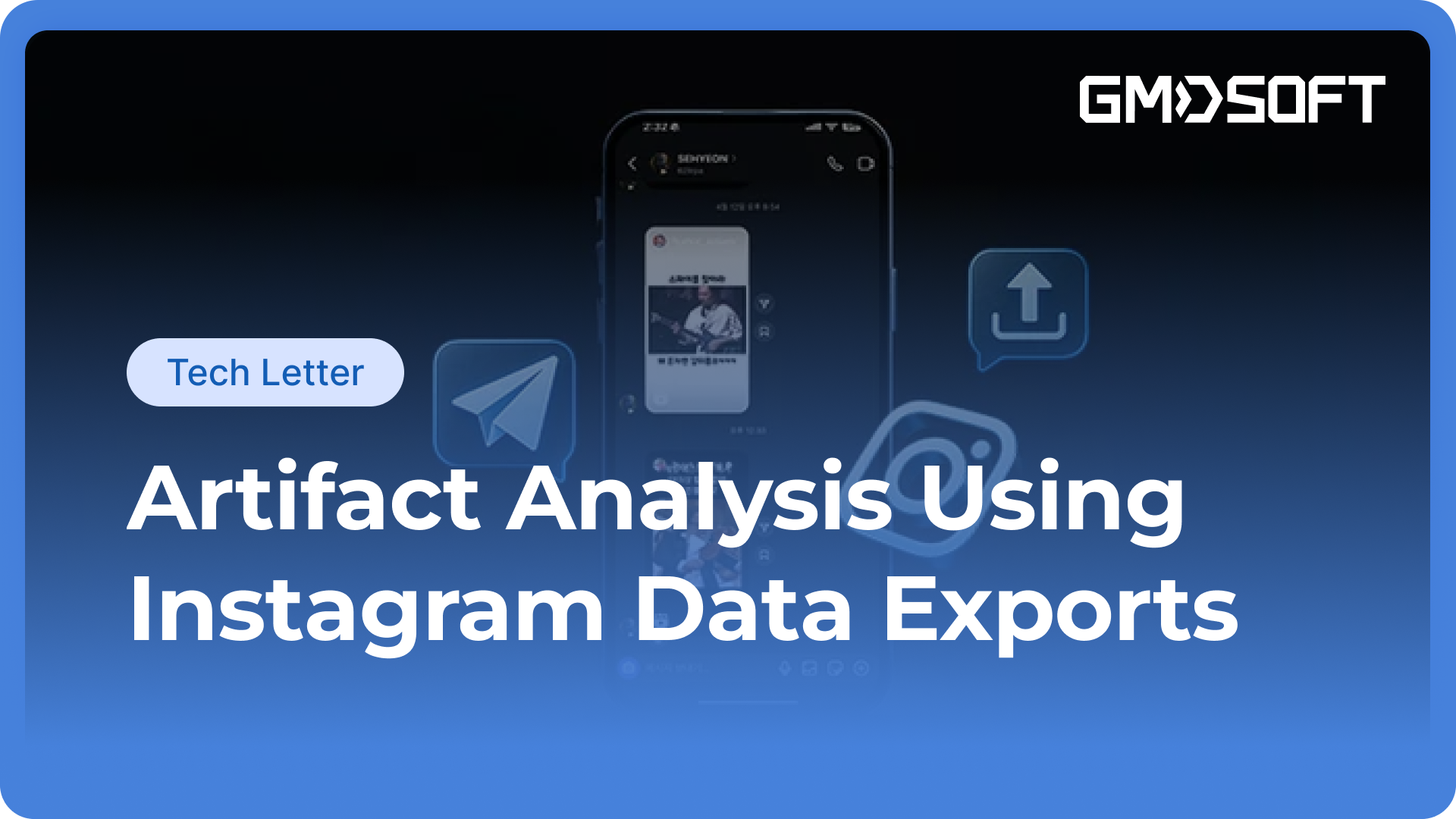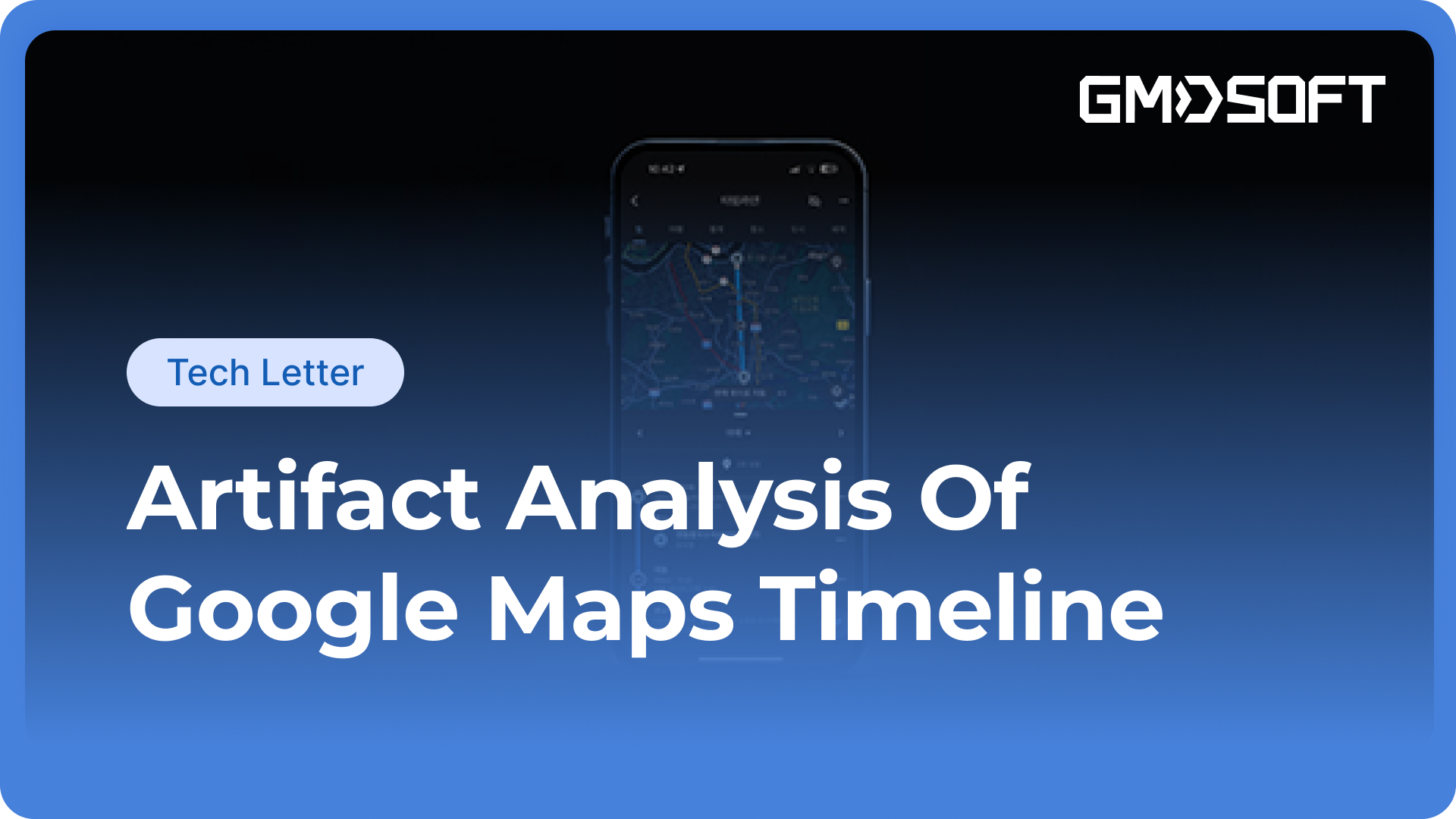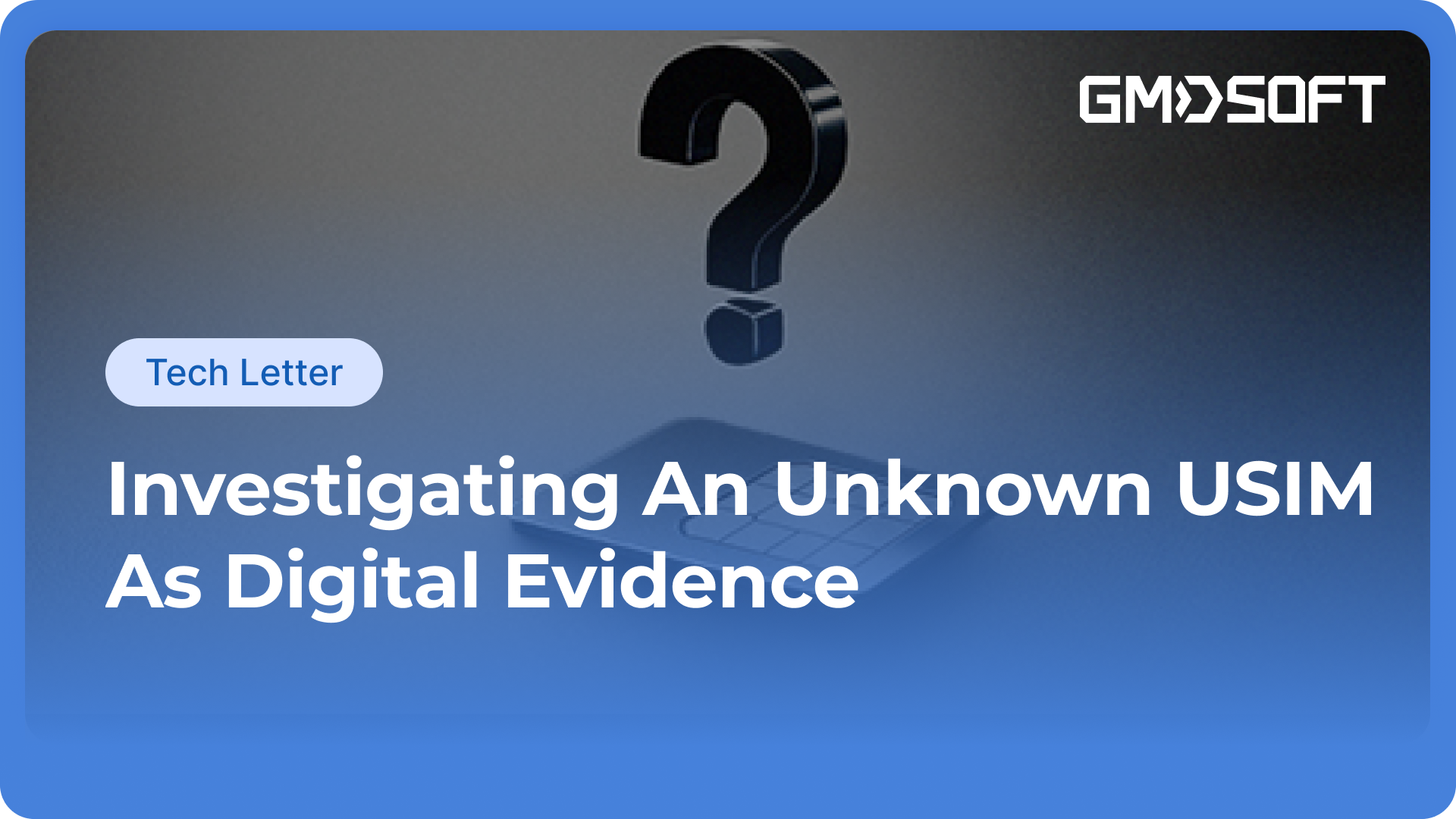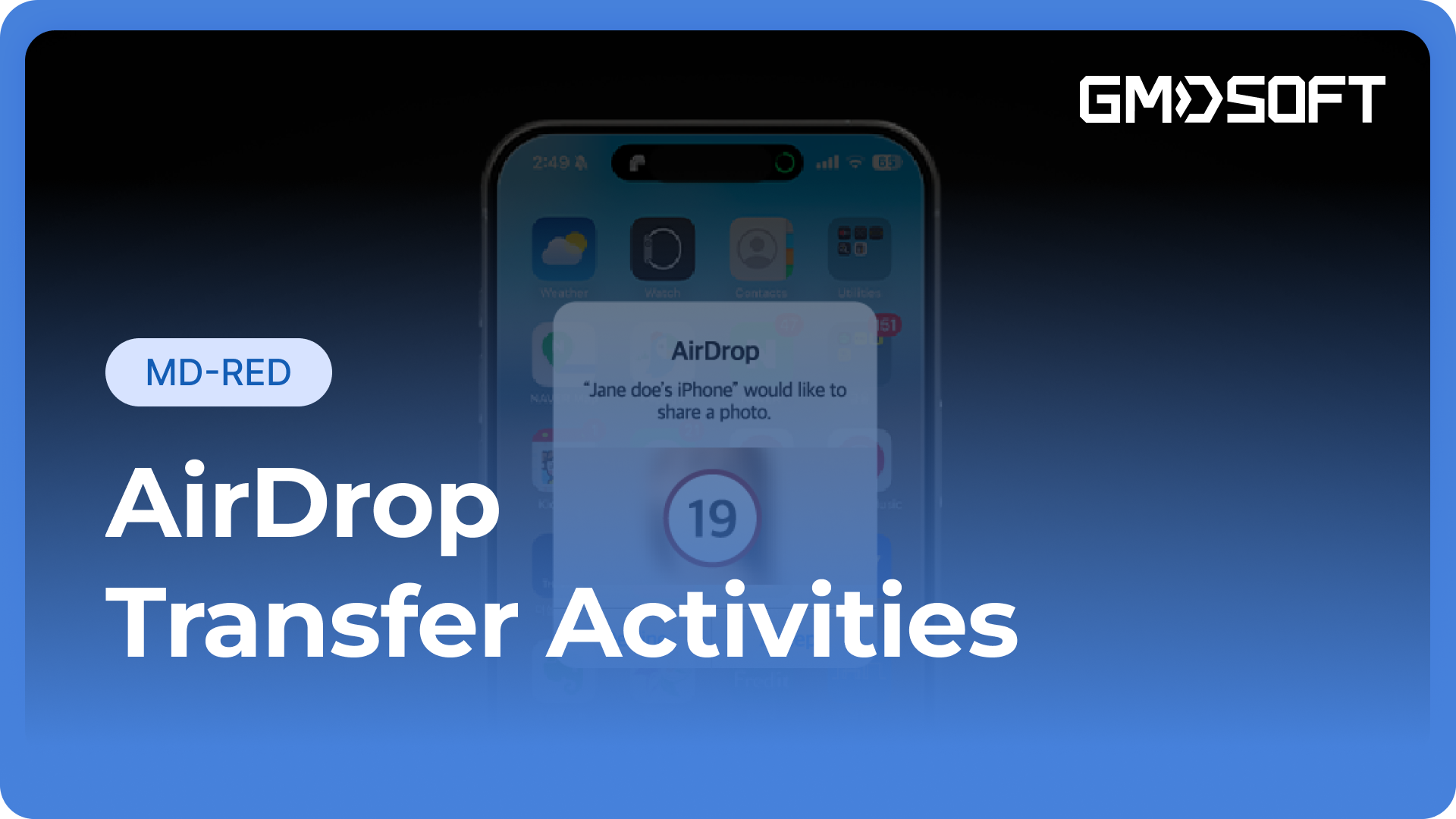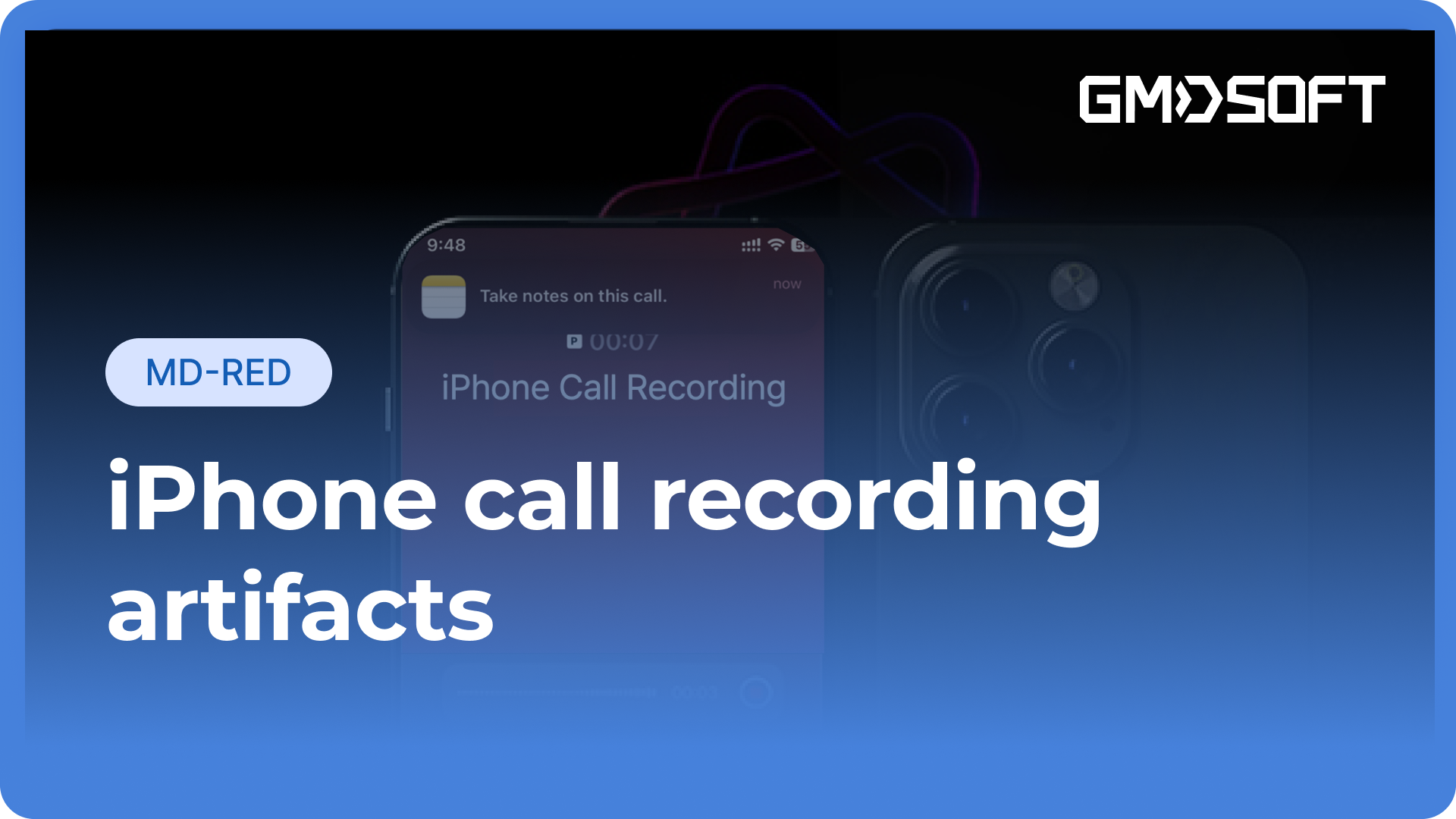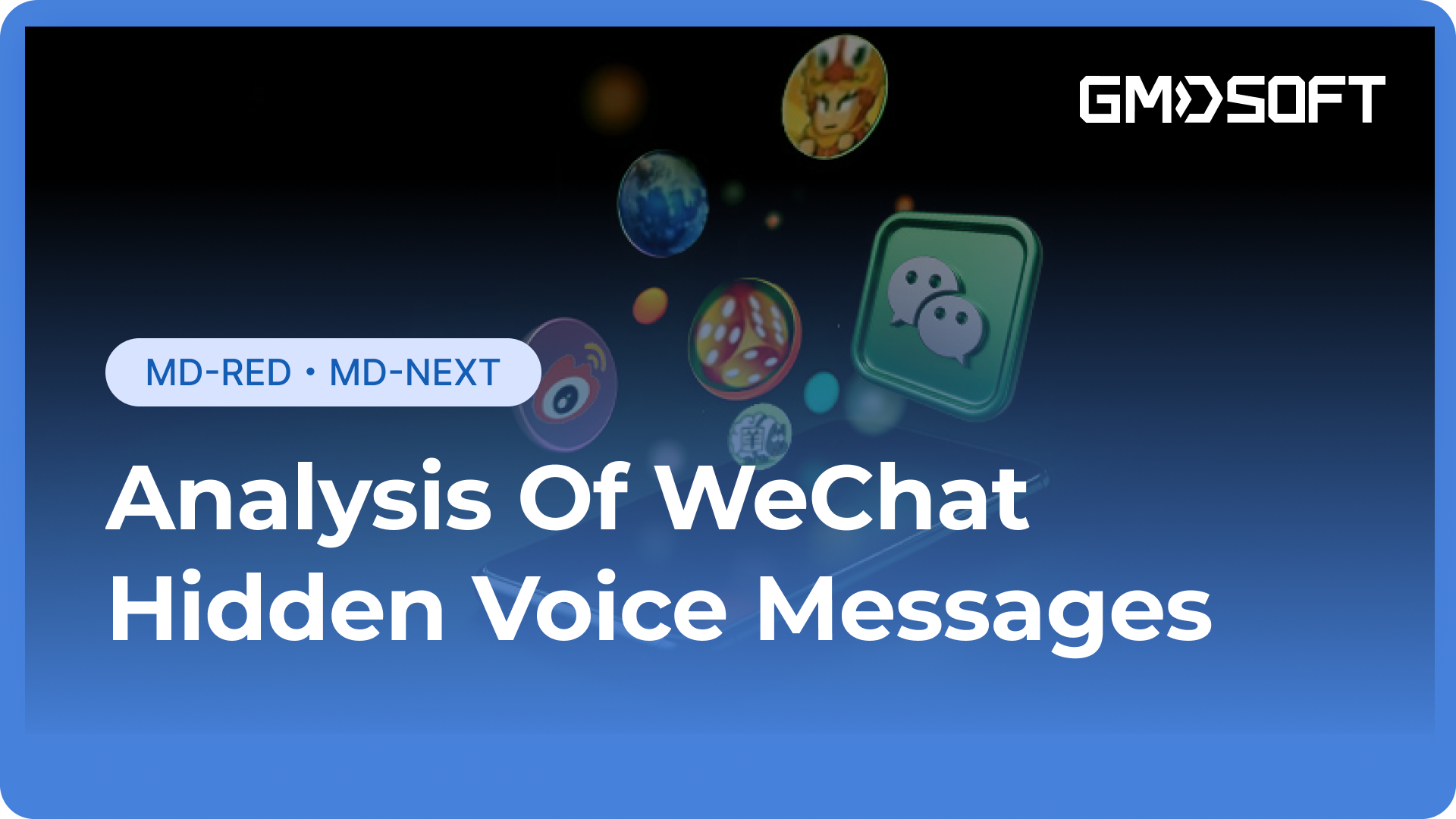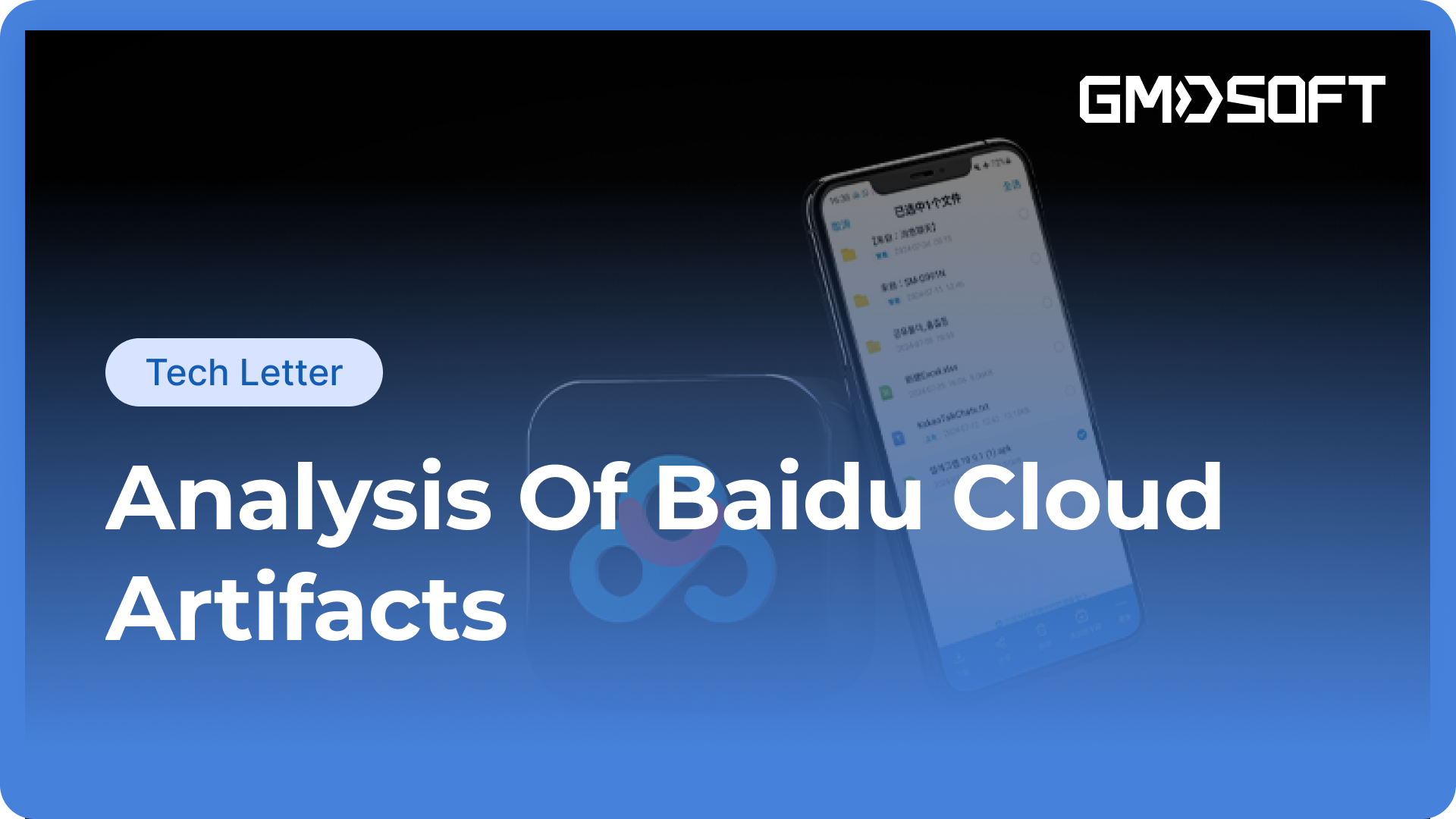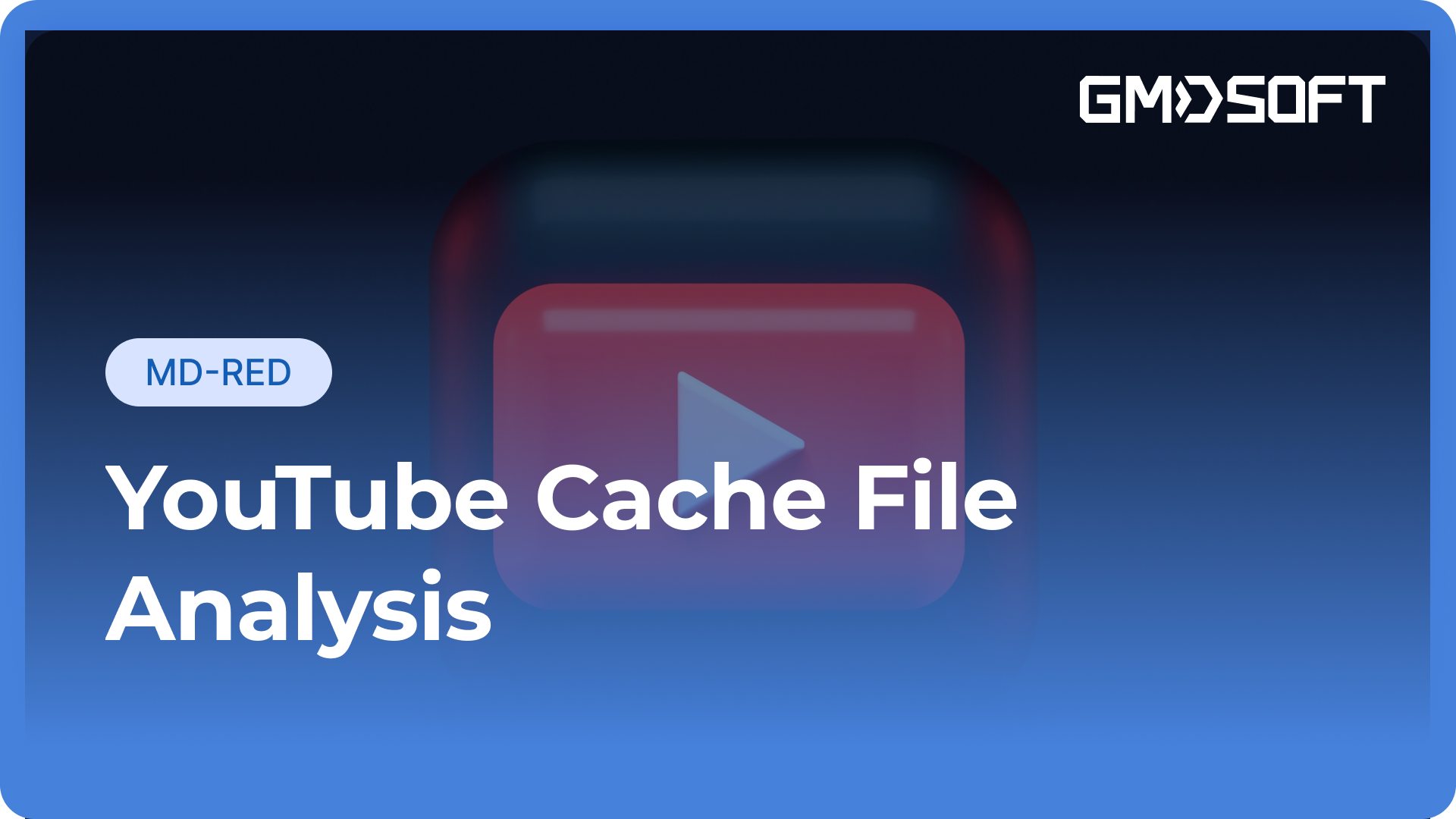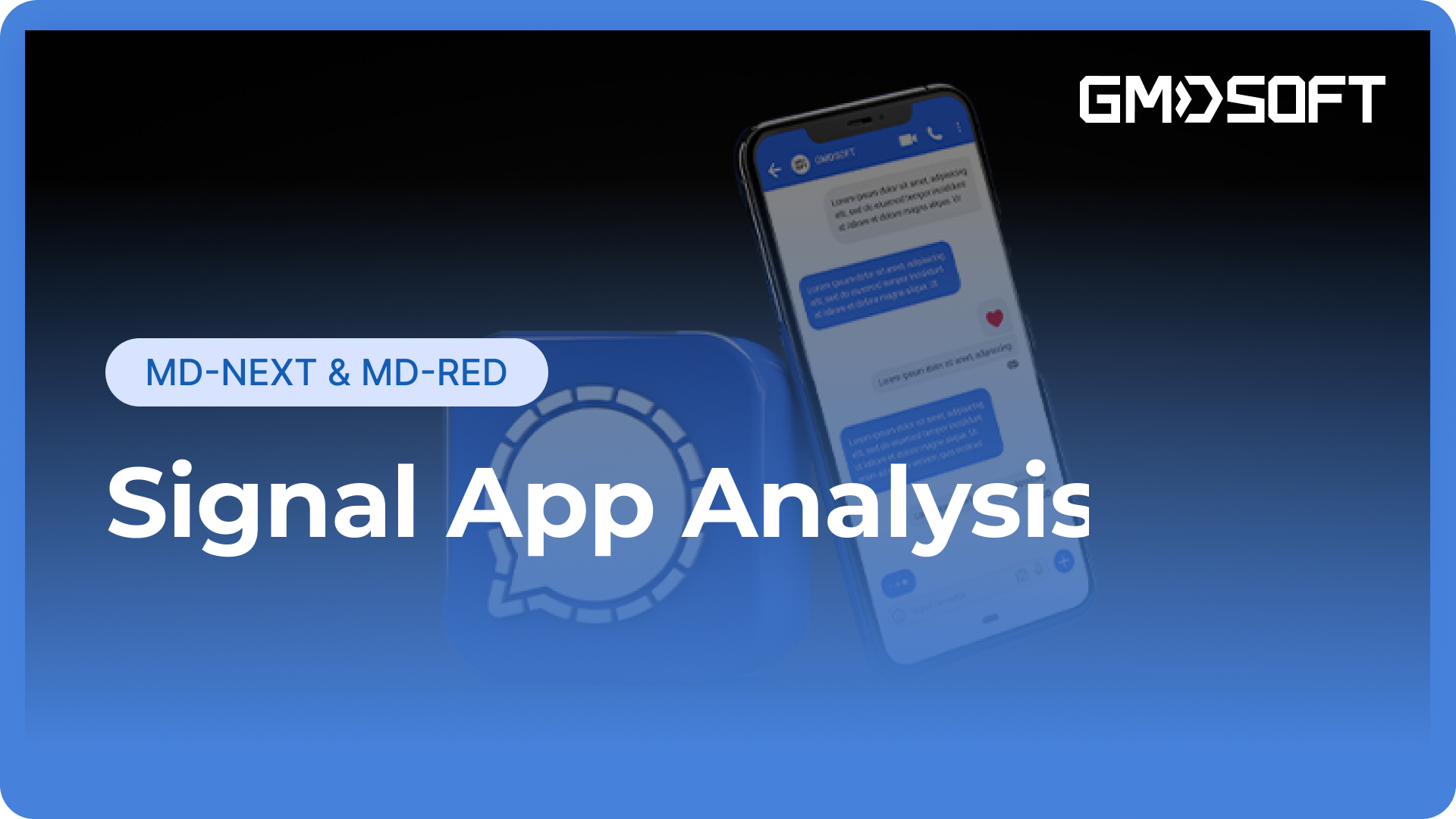The Growing Challenge in Cybercrime Investigations
The proliferation of encrypted messaging platforms has fundamentally transformed the landscape of digital forensics. Among these platforms, Telegram has emerged as a particularly formidable challenge for law enforcement agencies and investigators worldwide. Its robust end-to-end encryption, coupled with sophisticated data protection mechanisms, has created significant obstacles in extracting crucial digital evidence from mobile devices during investigations.
Technical Challenges
Modern cybercrime investigations face unprecedented challenges when attempting to extract Telegram data from smartphones. The platform’s implementation of multiple security layers—including local encryption features—creates a complex forensic environment that traditional mobile extraction tools struggle to navigate effectively.
Evidence Recovery Limitations
Even when investigators successfully gain physical access to a suspect’s mobile device, the recovered Telegram data often represents only a fraction of the complete digital footprint. Critical evidence elements frequently remain inaccessible, including:
• Deleted conversation histories that may contain pivotal investigative leads
• Group participation records essential for mapping criminal networks
• Multi-device usage patterns that reveal the scope of criminal operations
• Account metadata necessary for comprehensive timeline reconstruction
Transforming Cybercrime Investigation Strategies
Fortunately, contemporary criminal operations rarely confine themselves to single-device communications. Desktop Telegram applications generate distinct digital artifacts that can provide investigators with previously inaccessible evidence streams through data export functionality.
GMDSOFT’s MD-RED transforms traditional forensic limitations into investigative opportunities. By leveraging the complementary nature of mobile and desktop digital artifacts, investigators can extract more comprehensive and legally robust evidence profiles.
Conclusion: The Future of Encrypted Messaging Forensics
As encrypted messaging platforms continue to evolve and strengthen their security implementations, the forensic community must adapt with equally sophisticated investigative methodologies. Multi-platform analysis capabilities represent more than just a technical advancement, but a fundamental evolution in how digital evidence is conceptualized and recovered.
MD-RED exemplifies this evolution, providing law enforcement agencies with the tools necessary to navigate the complex landscape of modern encrypted communications. By transforming investigative dead ends into actionable intelligence pathways, these advanced forensic capabilities ensure that the pursuit of justice keeps pace with technological advancement.
If you want to learn more about Telegram desktop data exports, request the full tech letter!


